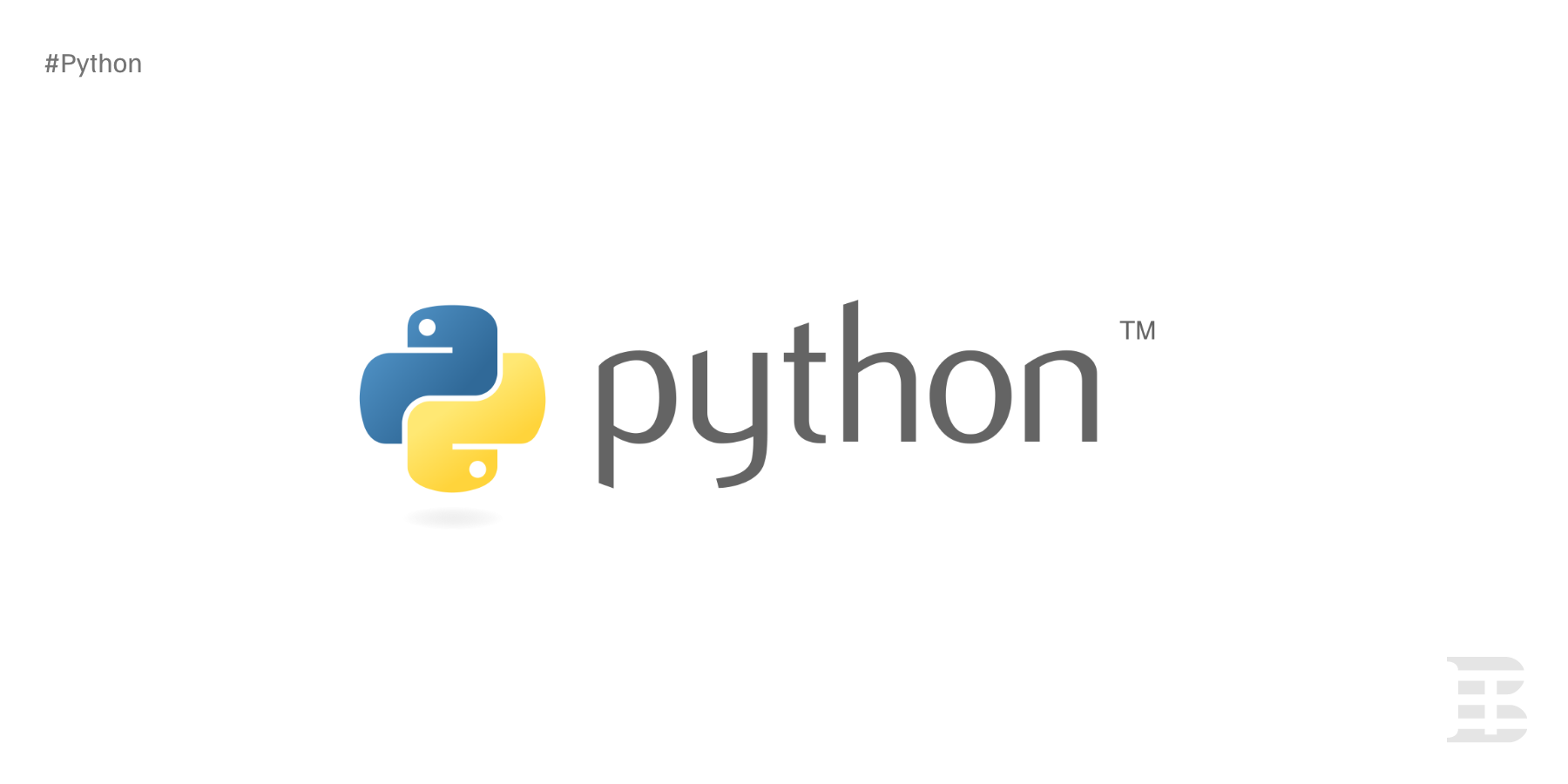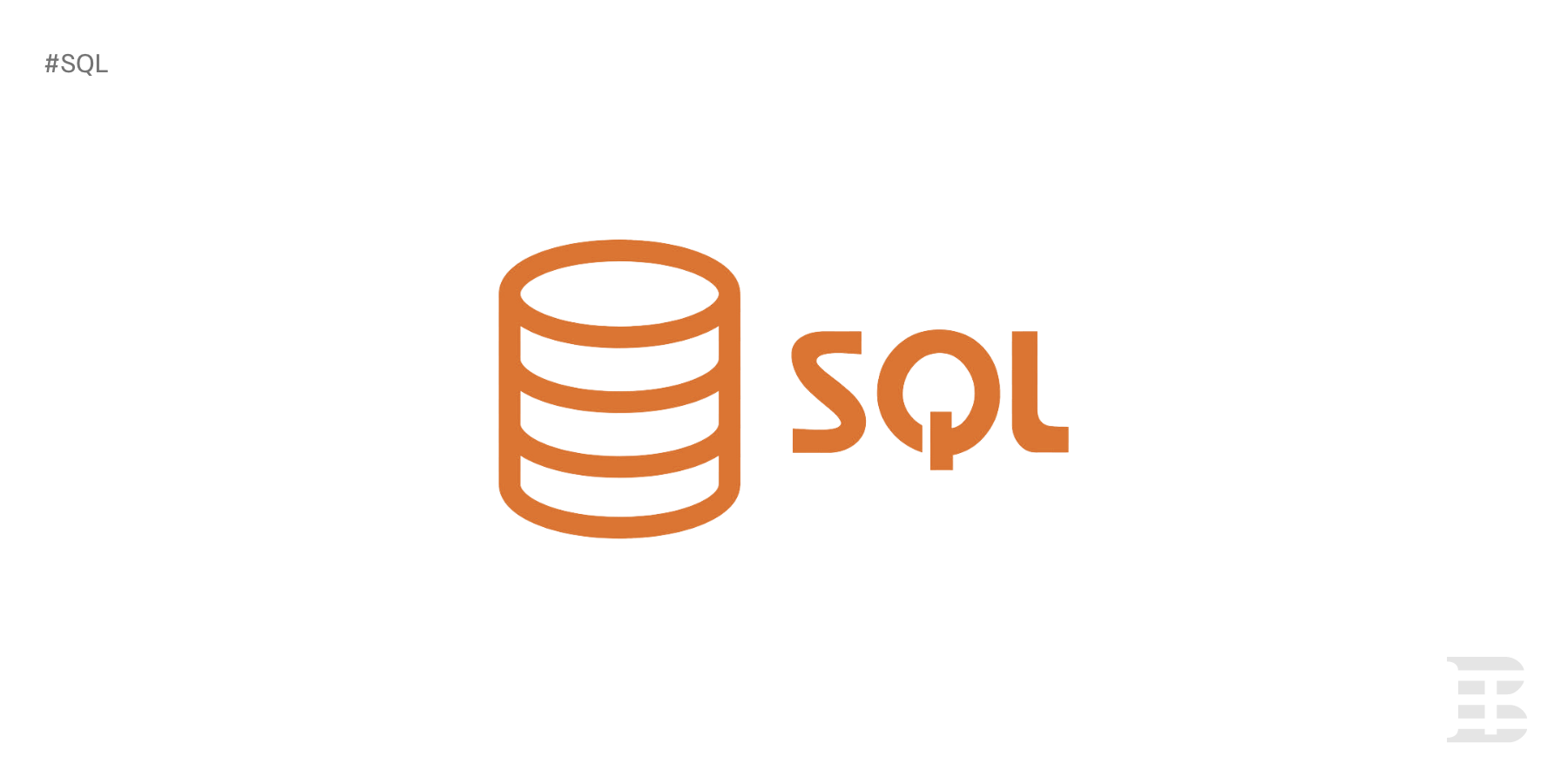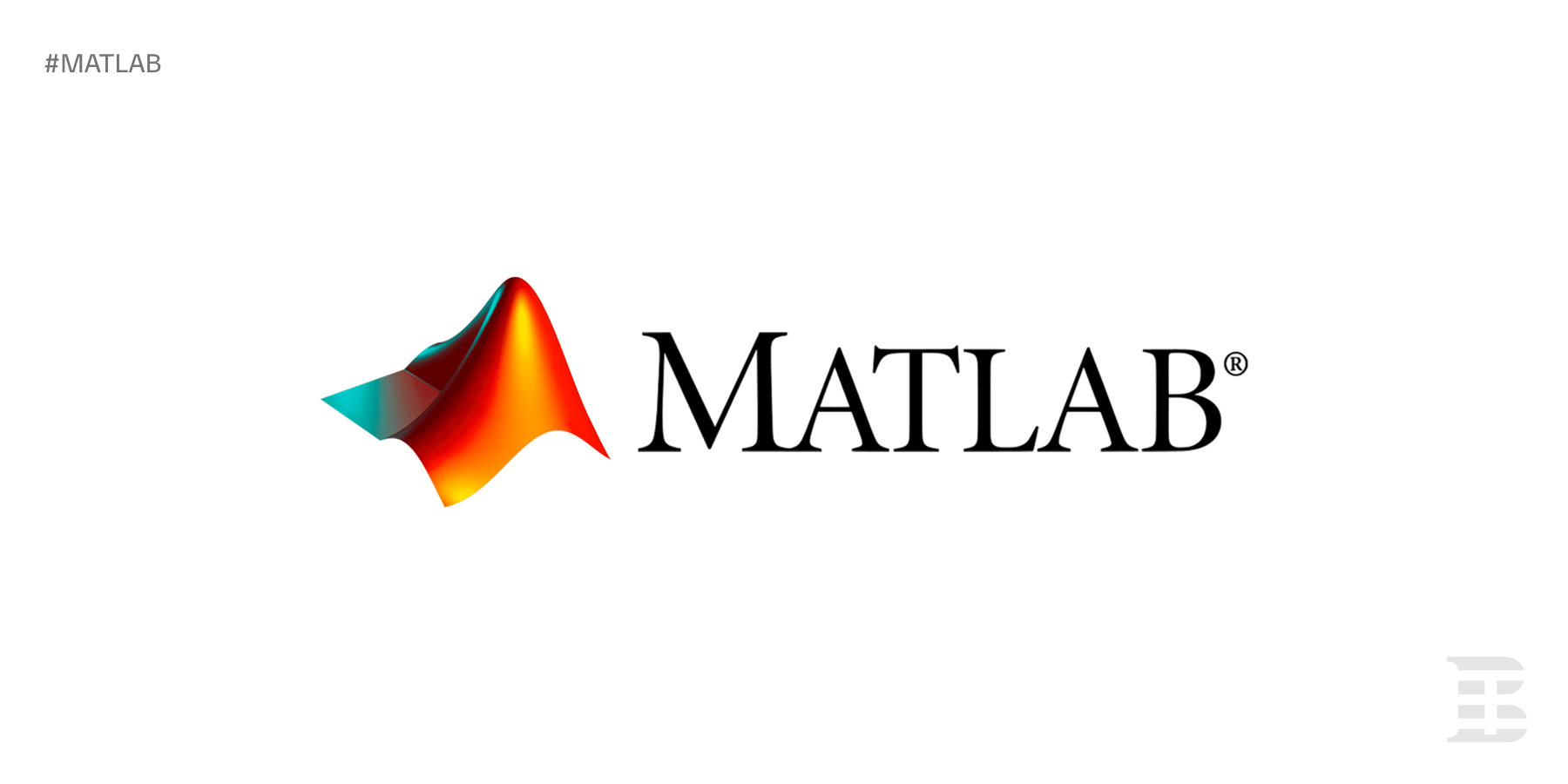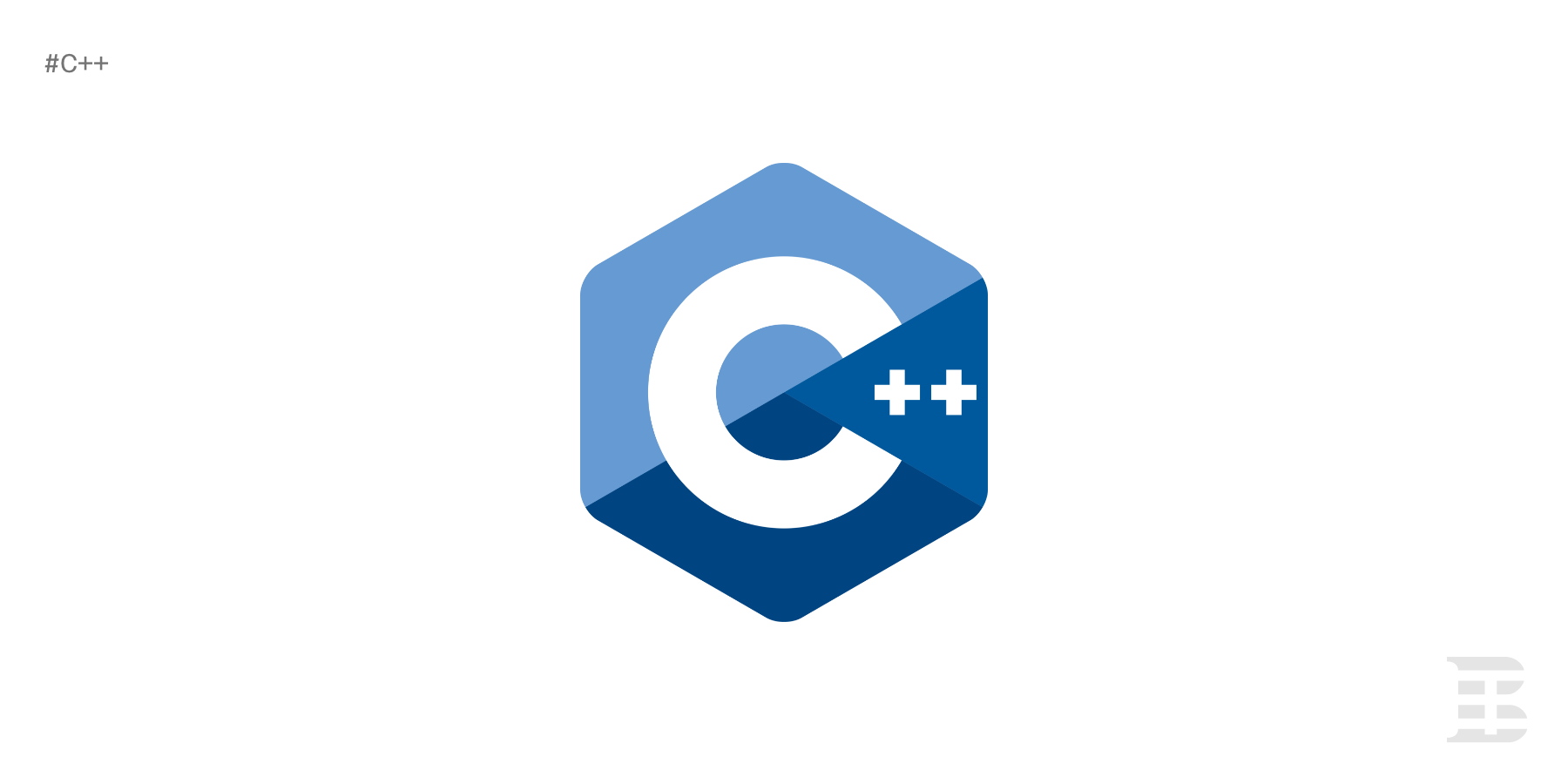7 Programming Languages for Data Science & Machine Learning

Summary
- Data Science and Machine Learning require the implementation of specific algorithms and functions that can be accomplished using several programming languages.
- Python is the go-to programming language when it comes to Data Science & ML due to its vast collection of more than 130,000 specialized libraries, and it is also in the top 3 most used languages for other purposes.
- C++ is used in more specialized use cases where performance and execution speed are critical.
- Julia is a fairly new, but promising programming language, launched in 2012, offering high performance rates while having an easier learning curve.
- R is open-source, free, suitable for data visualization, and statistical analytics.
Learning how to apply coding knowledge is important for working in Data Science and Machine Learning. These tech fields require programming languages that can handle data collection, exploratory analysis, statistical analysis, machine learning model development, and many other assignments.
There are several programming languages with diverse features, tools, and libraries. This article describes seven programming languages: Python, SQL, MATLAB, R, C++, Julia, and JavaScript, showcasing their functions and responsibilities in each field, along with their advantages.
What Are the Most Suitable Programming Languages for Data Science & Machine Learning?
Python
Simplicity and comprehensibility are two things that characterize Python. This programming language is intuitive and performance-oriented through its organization around objects. It is very helpful for specialists, allowing them to create clear and logical code for various-sized projects.

In Data Science
Working in Data Science means handling large amounts of data. To make this data useful for business stakeholders, data scientists should evaluate and represent it. In this tech sector, Python has different responsibilities, which are the following:
- Data mining
- Data visualisation
- Data analysis
- Storage of large amounts of data
In Machine Learning
Python is a leader in Machine Learning and AI with its high-level libraries, for example, Scikit-learn and TensorFlow. Firms like Uber, Dropbox, Coca-Cola, and others use Python for various tasks in ML, including:
- Clustering
- Classification
- Dimensionality reduction
- Customer trends identification
- Creation of multi-step neural networks
Being in the top 3 most used programming languages, Python is essential for professionals in Data Science, with its over 130,000 libraries. It also has extensive libraries used for Machine Learning with tutorials and examples.
SQL
SQL, or Structured Query Language, is a programming language created to keep, retrieve, and manage data in relational databases. It is often used by Microsoft, Facebook, Accenture, and LinkedIn.

In Data Science
SQL is an obvious choice for experts in Data Science due to its ability to extract useful insights from data, as well as to store and manage it. It is commonly used for responsibilities that this domain demands:
- Extraction of valuable insights
- Data manipulation and aggregation
- Data transformation and filtering
- Data updating and deletion
- Common Table Expressions (CTEs)
- Creating and Managing Databases
In Machine Learning
For developers in Machine Learning, SQL offers robust frameworks for data evaluation, especially for large datasets. SQL can be integrated with the analytical and predictive skills of ML algorithms for task management, and has other activities, for example:
- Predictive modeling
- Classification
- Data retrieval and preparation
- Feature engineering
- Model training and evaluation
- Deployment and integration
This programming language is crucial for Data Science and Machine Learning, as it enables effective data retrieval & manipulation, offers a powerful framework for data management and analysis, and supports many other functions.
MATLAB
MATLAB is a programming platform for engineering and scientific functions. It includes a programming language, interactive apps, versatile specialized libraries, and numerous tools. It is used in various fields, including aerospace, electronics, Data Science, and Machine Learning.

In Data Science
This programming language can make Data Science easier with its versatile tools that can apply statistical, machine, and deep learning techniques with just a few lines of code. The following responsibilities are managed by MATLAB in Data Science:
- Data import and preprocessing
- Data representation
- Signal analysis and time series modeling
- Deep learning and neural networks
- Big data and distributed computing
- Domain-specific applications
- Integration with other tools and languages
In Machine Learning
MATLAB offers numerous opportunities for Machine Learning, including various apps and tools such as the Classification Learner App and Regression Learner App, both of which are used for data classification. It also has versatile functions in Machine Learning, like:
- Organization and preprocessing of data
- Clustering
- Classification and regression models
- Interpretation and evaluation of models
- Simplifying data sets
- Usage of examples to improve model performance
MATLAB has extensive libraries and tools suitable for tasks in these two industries. It is understandable why many experts in Data Science and Machine Learning use it for their projects.
R
The programming language that is open-source, free, suitable for data visualization, and statistical analytics is called R. It is used in many domains, including Data Science and Machine Learning, thanks to its ability to create graphs, store, manage, and process data.

In Data Science
This programming language is constantly developing and adapting to the evolving ecosystem of Data Science. It is an important tool for professionals in this domain to accomplish different functions and responsibilities:
- Statistical analysis
- Robust data visualisation
- Comprehensive data manipulation and cleaning
- Support for Machine Learning and AI
- Industry applications and use cases
- Integration with other tools
- Accessibility and open-source nature
In Machine Learning
R in Machine Learning allows specialists to create predictive models, find patterns, and search for insights leveraging statistical algorithms. The other operations include:
- Data cleaning
- Algorithms selection
- Model training
- Online fraud detection
- Virtual personal assistance
R is a good programming language for these two domains due to the benefits and functions it handles. It is also easy to integrate with other tools like C and C++, expanding its capabilities for higher efficiency.
C++
One of the most popular programming languages used in the world, which also helps various professionals in Data Science and Machine Learning, is C++. Its object-orientation allows code to be reused and can lead to resource savings.

In Data Science
C++ provides efficiency and performance with its libraries tailored for Data Science tasks. Even the most popular Python libraries used in this sector, like NumPy, SciPy, and Pandas, are actually invoking C++. Among the functions this programming language accomplishes are:
- Real-time data processing
- Large-scale simulations
- High-performance computing
- Systems programming
- Resource-intensive applications
In Machine Learning
In this tech field, C++ offers increased speed and performance, alongside the skill to integrate it with other codebases, resource saving, and compatibility across various sectors. C++ has the following tasks and responsibilities:
- High-performance computing (HPC)
- Cross-domain integration
- Embedded machine learning
Being one of the top-most used programming languages in the world, C++ is a highly efficient tool in the fields of Data Science and Machine Learning due to its high proficiency and increased speed.
Julia
Julia is considered a relatively new programming language, first released in 2012. It was mainly created for high performance on multiple platforms with support for interactive use and a reproducible environment.

In Data Science
Data Science actively uses Julia through its DataFrames.jl library, and is valued for its ability to handle massive amounts of data. The following operations are accomplished by Julia in Data Science:
- Data managing
- Data visualization
- Numerical simulation
- Computational speed
- Advanced computing packages
In Machine Learning
Julia is popular in Machine Learning and AI, thanks to the uncommon combination of efficiency, speed, and transparency, with other tasks to handle, for example:
- High-performance computing
- Integration with other programming languages, like R
- Machine learning frameworks
- Building neural networks
Julia is used by many important tech companies like Google, NASA, Microsoft, IBM, and many more. Aside from these major players, Julia is also leveraged by professionals in Data Science and Machine Learning due to its high performance and speed.
JavaScript
While JavaScript is a tool commonly used by Data Science and Machine Learning professionals due to its versatility and large ecosystem of libraries and frameworks, it remains the most critical component of the so-called presentational layer, things like web apps, mobile apps, and so on.

In Data Science
JavaScript is used by Data Scientists to build complex data visualisations and be part of R&D teams. It helps them become more communicative and versatile in their work. In Data Science, the main functions that JavaScript accomplishes are:
- Data visualization powerhouse
- Cross-platform flexibility
- Growing data science libraries
- Scalability and performance
In Machine Learning
One reason to use JavaScript in Machine Learning is its ability to run in a browser, easy working across various platforms, integration with web technologies, and its extensive libraries and frameworks, tailored for industry-related activities, including:
- Real-time image processing and recognition
- Natural language processing (NLP)
- Personalization and recommendations
- Speech and audio processing
- Gesture and pose recognition
JavaScript mainly helps Data Scientists to increase the communication of the data results. It is also favored in Machine Learning due to its front-end execution and accessibility to a large audience. These characteristics are very appealing to developers who work in these domains.
Button for JavaScript: https://techbehemoths.com/companies/javascript
What Are the Main Functions and Responsibilities in Data Science and Machine Learning?
The following table represents the main responsibilities and operations that the seven programming languages (Python, SQL, MATLAB, JavaScript, R, C++, and Julia) execute in Data Science and Machine Learning.
|
Programming Language |
Functions in Data Science |
Responsibilities in Machine Learning |
|
|---|---|---|---|
| 1. | Python |
|
|
| 2. | SQL |
|
|
| 3. | MATLAB |
|
|
| 4. | R |
|
|
| 5. | C++ |
|
|
| 6. | Julia |
|
|
| 7. | JavaScript |
|
|
What Are the Main Perks of Each Programming Language in Data Science and Machine Learning?
In this table are described the main benefits of using the following programming languages: Python, SQL, MATLAB, JavaScript, R, C++, and Julia for the tech industries.
| Programming Language | Benefits in Data Science | Perks in Machine Learning | |
|---|---|---|---|
| 1. | Python |
|
|
| 2. | SQL |
|
|
| 3. | MATLAB |
|
|
| 4. | R |
|
|
| 5. | C++ |
|
|
| 6. | Julia |
|
|
| 7. | JavaScript |
|
|
Conclusion
Data Science and Machine Learning are tech fields that require high speed, performance, large data handling, and accessibility. These tasks are usually handled by programming languages. Seven of them discussed in this article: Python, SQL, MATLAB, JavaScript, R, C++, and Julia have various benefits for both these industries and can accomplish different operations.
To choose which one is more suitable for your project, you must carefully study every function and tool this programming language offers. To help you with this, you can look for companies that provide the required services on TechBehemoths.
Looking for a Machine Learning Company?
Check our list of top Machine Learning companies worldwide
Related Questions & Answers
What Are the Key Trends Shaping the Future of Data Science and Machine Learning Tools?
What Other programming Languages Can Be Used in Data Science and Machine Learning?
Which Programming Language is Expected to Dominate Machine Learning and AI by 2030?
Will Julia Eventually Replace Python or R for Data Science and Machine Learning Tasks?